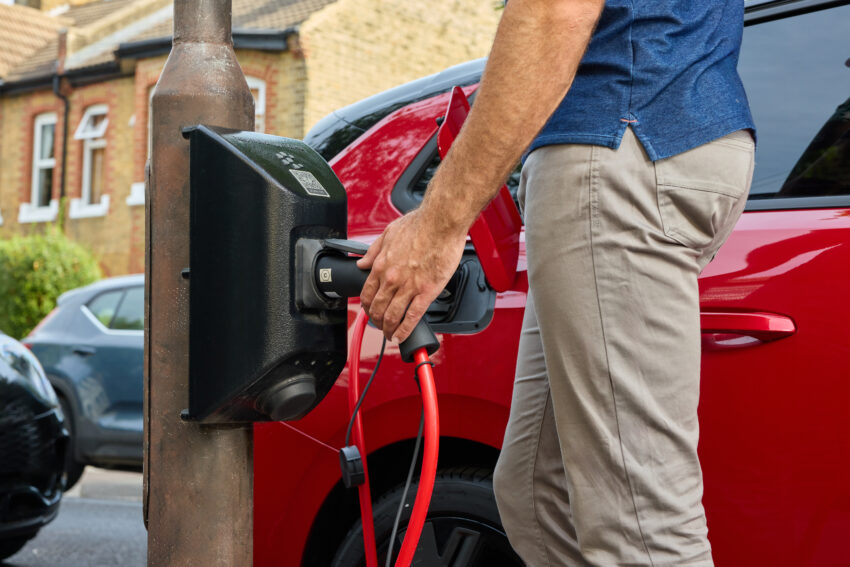UK charging targets ‘too broad and unfocused’, warns report
The UK’s EV infrastructure strategy is currently too vague and failing to meet actual demand, according to a new study.
Research by transport body Cenex and car maker Vauxhall suggests that the systems currently used to track the success of charger roll-out are too broad in scope and do not accurately represent progress in different parts of the country.
The report suggests new metrics should be introduced which would help more accurately gauge the location and type of chargers needed to meet demand and help speed up the transition to electric cars.’
The UK has a target of installing 300,000 EV chargers by 2030. While the infrastructure industry says it is on track to deliver this, the report argues that the distribution of these chargers needs to be more carefully examined. It says “the broad nature of current UK targets don’t go far enough to provide an actionable and measurable reflection of where infrastructure is required”.
To address this, the report suggests adopting three new metrics that more accurately track and consider the needs of different drivers and different locations, helping focus the right chargers in the right locations. These are near-home charging, destination charging and journey charging indexes.
The near home charging index covers any vehicles at or near a residential dwelling. It considers the balance of supply and demand, in relation to the distribution of chargepoints. Based on the report’s current findings, on average, 19% of all households which need it are close to a public chargepoint, although there are sharp regional variations. Camden, for example, already has almost all the capacity it needs for projected levels of local EV ownership in 2040.
The journey charging index focuses on dedicated locations for high-powered EV charging – the equivalent of today’s petrol stations or motorway services. This is calculated using data about the demand for charging alongside data about the supply and capacity of charging facilities.
The destination charging ratio covers destinations which people visit for business or leisure, where charging services are incidentally also available. This can be calculated through consideration of visitor need, usage of parking bays, the proportion of long-stay versus short-stay visitors and the proportion of EVs at a given point in time.
James Taylor, managing director of Vauxhall, said: “Effectively tracking the progress we are making towards a practical future for electric vehicles is key to determining how far we have come, and in identifying what steps we need to take next to ensure that progress continues at pace.
“Partnering with Cenex to produce this report has been valuable in demonstrating how much needs to be done to improve the current metrics we use, to more accurately reflect the true progress being made and that still needs to be made throughout the country. This data highlights how broad the UK’s current target of 300,000 public chargepoints by 2030 is and how useful a more nuanced and detailed picture is.”
Chris Rimmer, head of policy, strategy and implementation at Cenex, added: “A key finding from the research is that metrics must be relevant, actionable, scalable and measurable. Applying this to the three ways chargepoints are used allows us to assess whether we are getting the right chargepoints of the right power into the right places.”






